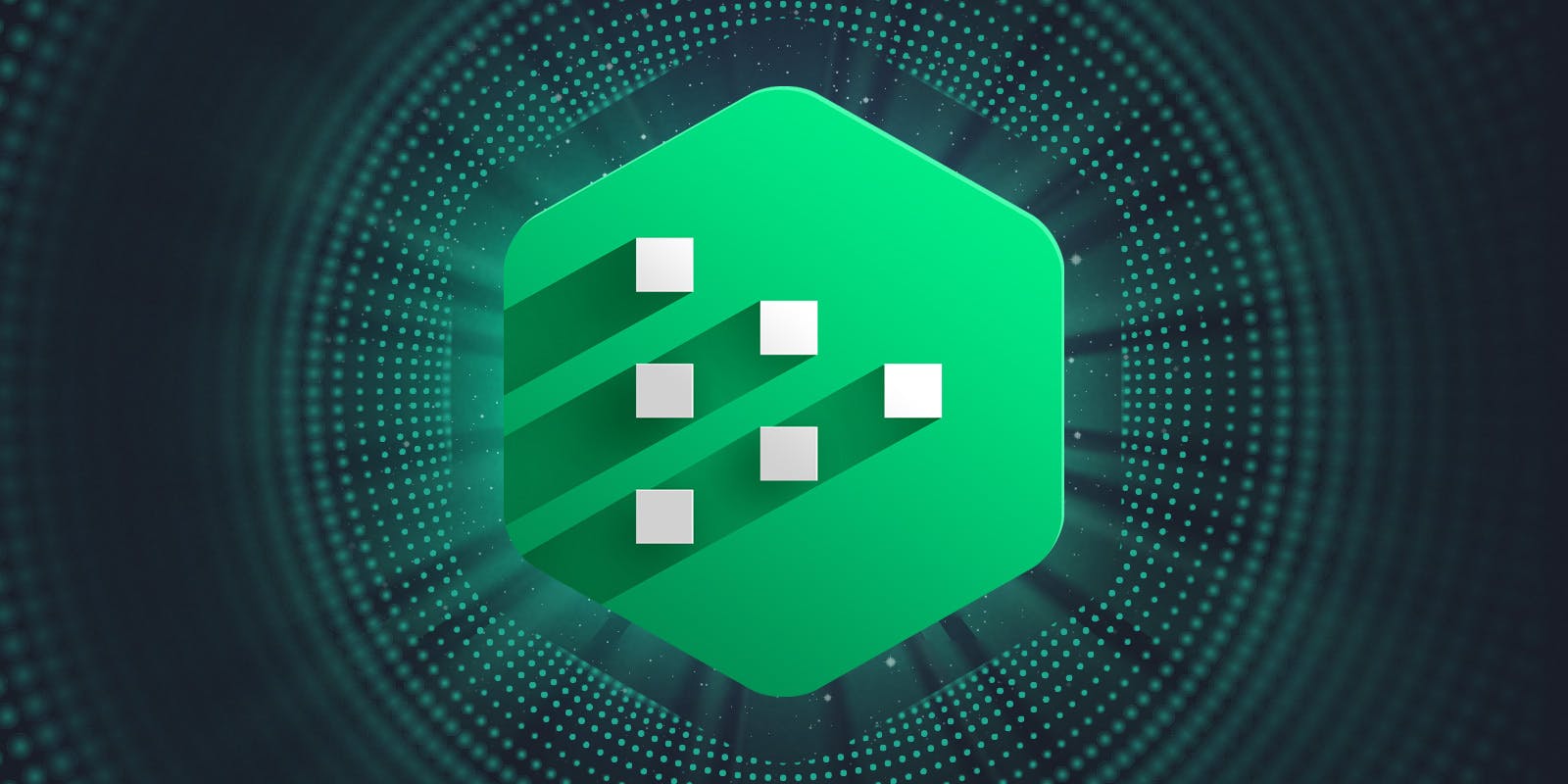What is LPT?
Livepeer is a decentralised video streaming network protocol built on Ethereum. It aims to become the first blockchain-based alternative to centralised streaming services like YouTube.
In brief
- Livepeer is a decentralised video streaming network protocol.
- Livepeer was launched in 2017.
- Livepeer token (LPT) is an ERC-20 utility token native to the Livepeer network.
- The total supply of LPT is 25.7 million tokens.
- Livepeer video miners get paid in LPT and/or Ether (ETH) .
Who created Livepeer?
Livepeer Inc, the legal entity behind Livepeer, was co-founded by Doug Petkanics and Eric Tang.
Doug Petkanics is a computer scientist who worked with a number of big names like Groupon and Wildcard. In 2006, he joined Accenture as an analyst, and in 2010 he co-founded Hyperpublic, which was later acquired by Groupon.
Before taking centre stage in developing Livepeer in 2016, Petkanics also founded a publishing platform and a web browser.
Eric Tang is an electrical and computer engineer who worked as a software developer at Next Jump in 2008. He also worked as a product manager for Clickable before teaming up with Doug Petkanics to work on Hyperpublic, Wildcard and their ongoing project Livepeer, which launched in 2017.
Livepeer is open-source, meaning its code is readily available to all developers who want to contribute through GitHub.
How does Livepeer work?
Livepeer uses a modified version of the Delegated Proof of Stake (DPoS) consensus mechanism. With this mechanism in place, token holders can vote for delegates who have the job of making critical decisions related to the network as a whole such as validating transactions and setting protocol rules.
When it comes to content distribution, participants of the Livepeer network called orchestrators play a key role. To become an orchestrator, a network participant needs to have enough computing power to take on the role and dedicate their resources to transcode and distribute video content to paying broadcasters and developers.
The computational power can be received by orchestrators from transcoders who do transcoding work on the network using their own hardware resources.
An orchestrator also needs to stake their own LPT, which can be slashed for incorrectly performed work. On the other hand, if an orchestrator is doing good work, token holders might stake their tokens towards that orchestrator, thus receiving the delegator title and participating in the network.
Becoming a transcoder is done by joining a transcoding pool, each of which has a different compensation structure.
The services provided by orchestrators and transcoders, who are both often referred to as video miners, enable developers to create scalable video applications.
Orchestrators and transcoders are, of course, compensated for these services. For transcoders, the compensation can be in LPT or ETH, depending on the transcoding pool they belong to, while orchestrators receive both LPT and ETH.
What is the LPT token?
LPT is an ERC-20 utility token native to the Livepeer network.
The token gives you the right to perform or delegate work on the Livepeer network as well as vote on protocol proposals. It also serves as a coordination mechanism routing the work through the network in proportion to the amount of staked and delegated tokens and secures the network via slashing.
Staking LPT is also possible, allowing token holders to earn a passive income (in LPT) and help secure the network.
According to data from CoinMarketCap, Livepeer has a circulating supply of more than 24 million LPT coins and a total supply of more than 25.7 million.
New tokens are still being minted every "round", with one round equaling 5760 Ethereum blocks.
Token distribution:
- 12.35% for founders & early members (36-month vesting period)
- 19% for pre-sale purchases
- 63.4% distributed in crowd sales
- 5% reserved for Livepeer network maintenance
How to buy LPT?
Starting June 30, LPT will be available in the SwissBorg app, which means buying the token will take no more than a few taps.
In case you are not a SwissBorg app user and haven't experienced its ease of use yet, just follow these steps to add LPT to your portfolio:
- Step 1: Download and install the SwissBorg app.
- Step 2: Set up your SwissBorg account. A detailed tutorial is available on the Opening an Account page of the SwissBorg Help Center .
- Step 3: Transfer funds , either fiat or crypto, into your SwissBorg account.
- Step 4: Find the Marketplace section of the SwissBorg app.
- Step 5: Search for the token by simply typing "LPT" into our search feature. You can find the feature by looking for a magnifying glass icon in the top-left corner of the screen.
- Step 6: Tap on "Deposit", pick the fiat or cryptocurrency you want to use for the purchase, enter the amount you wish to spend, and tap on "Next".
- Step 7: Lastly, tap on "Confirm exchange", and you are done.
In case you are interested in buying more tokens besides LPT, feel free to follow the same steps as they apply for all assets in the SwissBorg app .
Putting it all together
Livepeer aims to create a live video streaming service that is fully decentralised, scalable and provides incentives in crypto to the ones helping it run.
Through its protocol and tokenomics, Livepeer boosts participation which results in an infrastructure that is secure and reliable.
With the continued growth and development of new video processing tools seen from Livepeer's side, one can only assume that the platform has a bright future ahead.
